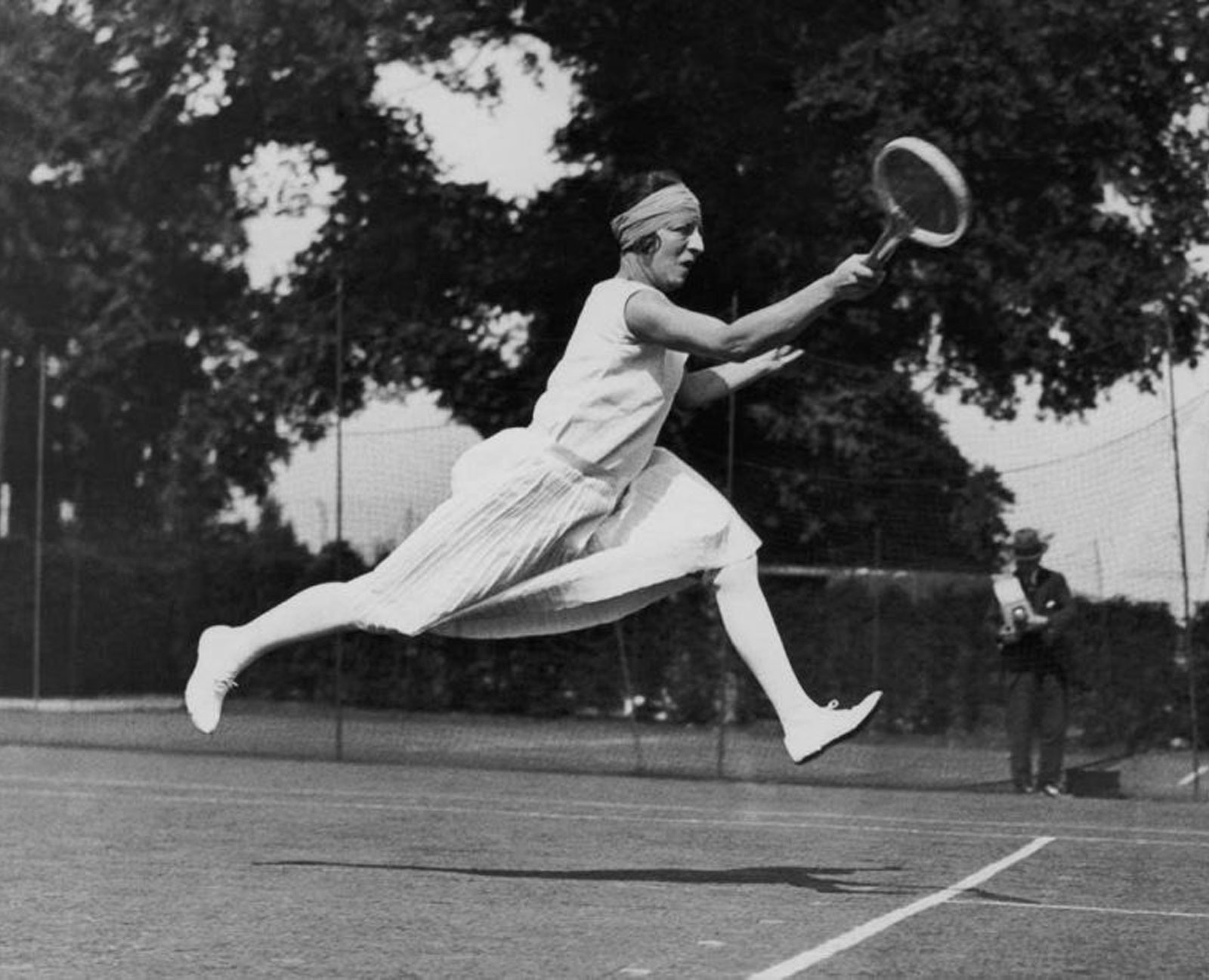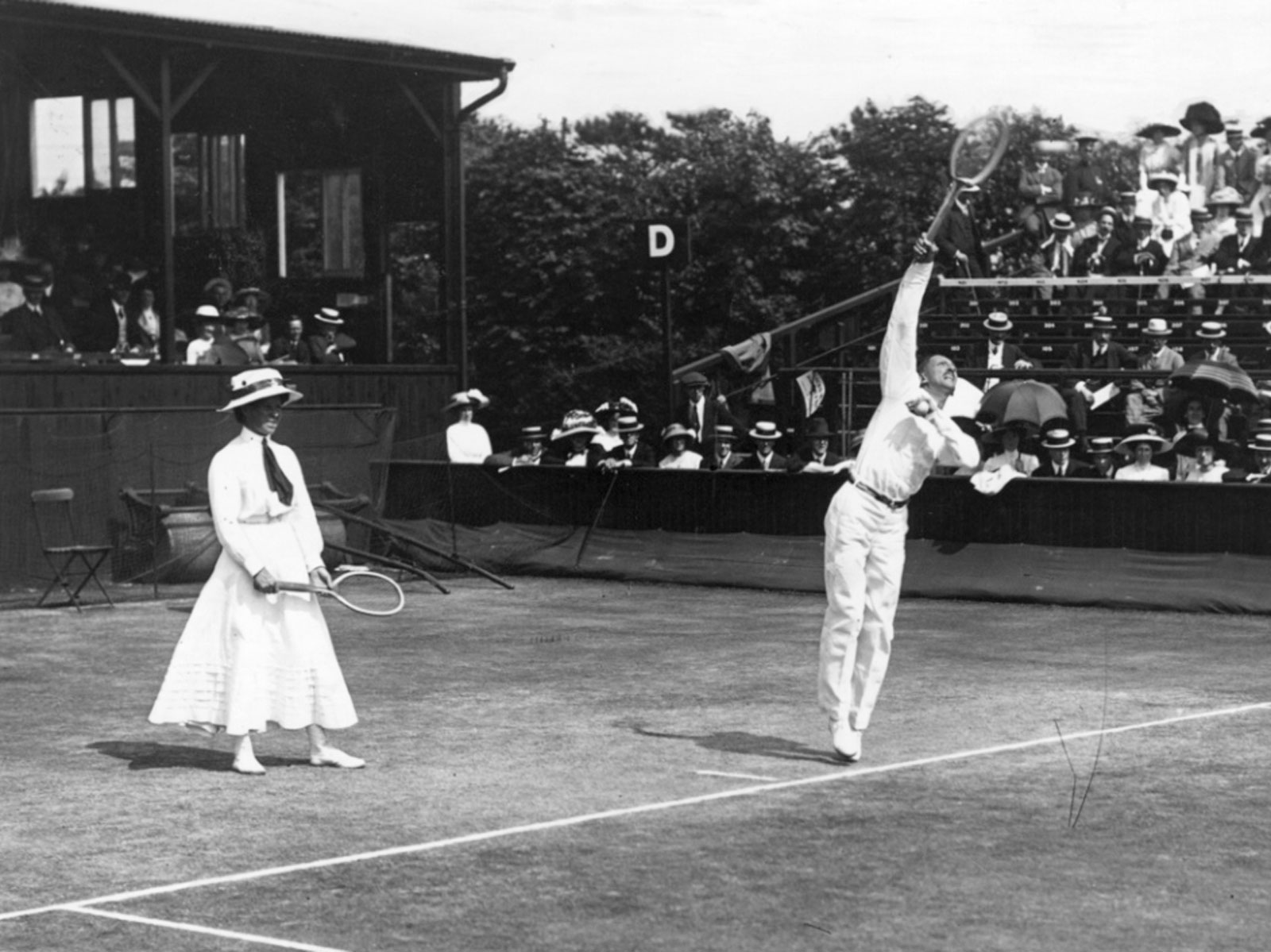
15 Jan Tennis? As white as silk
Close your eyes for a moment and imagine something pure. What colour do you see? Naturally, it’s most probably white.
First among all the colours, white represents freedom, peace, purification and new beginnings. White is the colour of snow and cotton wool. And what about our much-loved silkworms? They’re white, too. Since 1880, white has been the only colour allowed by the dress code at the world’s oldest and most prestigious tennis tournament: Wimbledon.
A matter of purity?
Not quite. The original reason was mainly practical: white hides the inevitable sweat marks on a player’s clothes, which would otherwise be much more visible on coloured clothing. White also reflects the light, keeping players cool in the summer sun. These reasons may bring a smile today but, in Victorian times, sweat was considered embarrassing, even for sportspeople.
Wimbledon rules aside (although they did in fact contribute to consolidating the tradition of white in the collective imagination), tennis is perhaps the sport that has most influenced fashion, dictating real stylistic canons.

Source: supertennis.tv
And the fabrics?
Interestingly, synthetic fibres were only introduced four years after that same year of 1880, when it was possible to transform a cellulose derivative (nitrocellulose) into a thread through extrusion. As far as tennis is concerned, research has always focused on improving breathability, be it for synthetic fibres or, after the 1940s, microfibres. The forerunner in this regard was a woman, the first professional female tennis player and winner of Wimbledon Suzanne Lenglen.

Source: clubspark.lta.org.uk
In the early 1900s, female tennis players had to wear long skirts, corsets and large hats that prevented them from moving easily. French champion Lenglen did away with corsets altogether and began wearing silk tops, white silk pleated skirts and colourful headwear, all made of silk. It was Jean Patou who designed these little masterpieces. A pioneer, he imagined them for the new 1920s woman. She wanted to feel original, but above all she wanted to be fresh and natural. Just like silk. That’s why silk is still the most imitated fibre in the world today.




Sorry, the comment form is closed at this time.